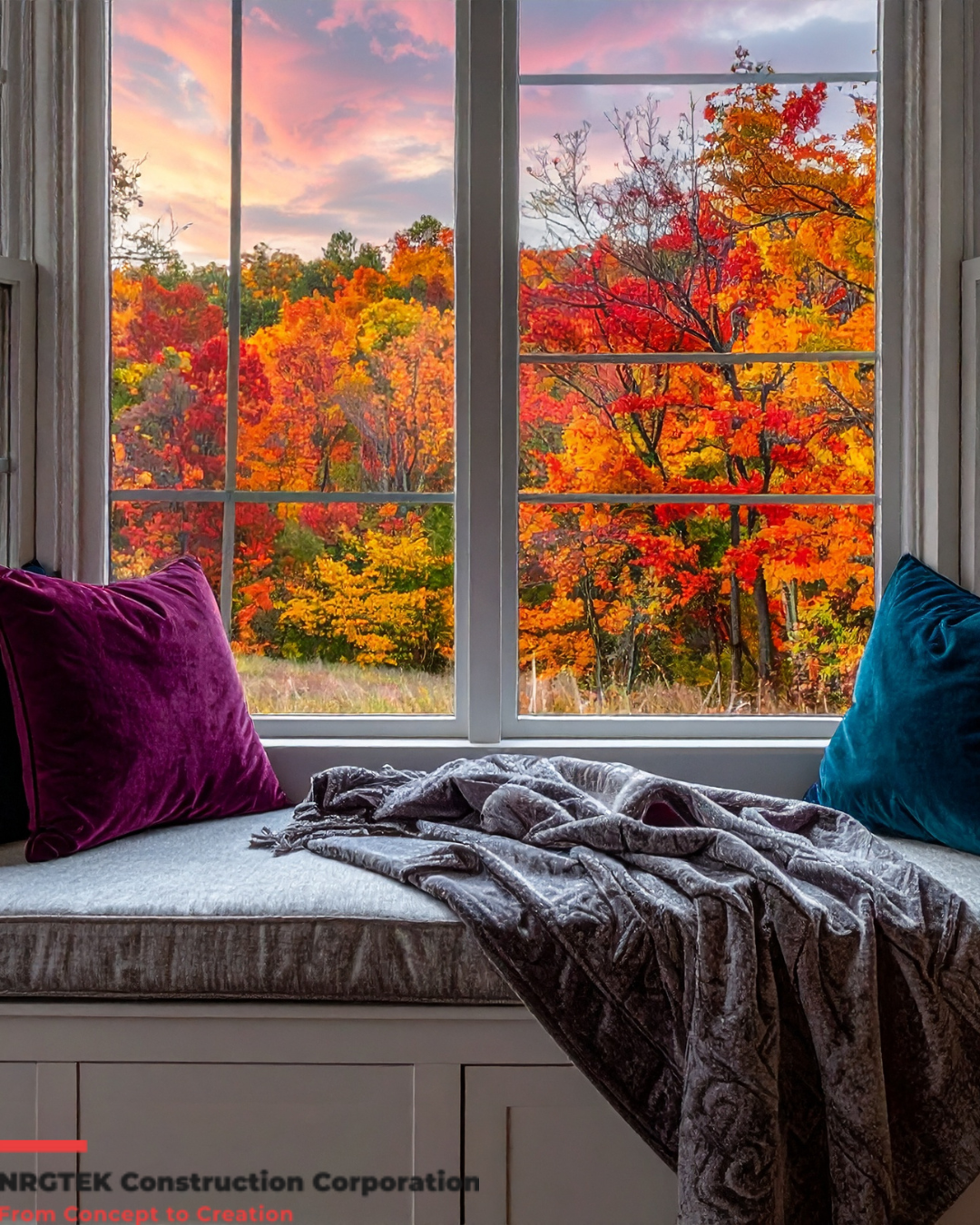
British Columbia’s unique geography spans coastal rainforests, dry interior plateaus, mountainous regions, and northern cold zones—each with its climate challenges and opportunities. Building a sustainable home in BC isn’t a one-size-fits-all task; it requires understanding your region’s specific climate conditions and aligning your design, materials, and technologies accordingly.
Here’s how you can build a sustainable home that performs well across BC’s diverse climate zones:
1. Know Your Climate Zone
BC is divided into multiple climate zones (as defined by the BC Building Code and Natural Resources Canada), including:
- Coastal (Zone 4-5) – Mild, wet winters and cool summers
- Interior (Zone 5-6) – Drier, with hotter summers and colder winters
- Northern (Zone 7-8) – Harsh winters, short summers
Understanding your zone is the foundation for making climate-appropriate choices in insulation, windows, heating systems, and ventilation.
2. Prioritize Passive Design
Passive design strategies reduce energy demand by allowing the building’s orientation, layout, and materials to naturally regulate temperature and light.
- South-facing windows in colder zones capture solar heat in winter.
- Shading devices or overhangs help control overheating in summer.
- Thermal mass materials like concrete or stone can store heat and release it when needed.
These strategies are low-cost and low-maintenance when planned early in the design phase.
3. Choose the Right Insulation and Air Sealing
A well-insulated, airtight building envelope is critical to performance, especially in extreme-temperature regions.
- Use continuous exterior insulation in colder zones to prevent thermal bridging.
- In wetter areas like the coast, vapor-permeable membranes can prevent mold while maintaining airtightness.
- Consider high-performance windows (triple-glazed in colder zones) and doors to minimize heat loss.
4. Opt for Renewable and Efficient Energy Systems
Pairing your home with energy-efficient systems is key to long-term sustainability:
- Heat pumps are ideal for BC’s varying climates, offering efficient heating and cooling.
- Solar panels work well even in coastal BC’s cloudy conditions when properly oriented.
- Energy recovery ventilators (ERVs) should maintain indoor air quality without sacrificing efficiency.
5. Use Locally Sourced and Sustainable Materials
Reducing the carbon footprint of your home starts with wise material choices:
- Use locally sourced lumber and low-emission building products.
- Choose durable, low-maintenance materials that perform well in your climate.
- Consider recycled or reclaimed materials for added sustainability.
6. Plan for Water Management and Resilience
Each climate zone poses unique water challenges:
- In coastal areas, rainwater harvesting and flood-proofing are essential.
- In drier zones, xeriscaping (low-water landscaping) and greywater reuse systems can conserve water.
- Ensure proper site drainage and stormwater management across all regions.
Final Thoughts
Building a sustainable home in BC means tailoring your approach to your region’s specific conditions. With thoughtful planning, the right strategies, and guidance from experienced professionals, you can create a home that’s energy-efficient, comfortable year-round, and environmentally responsible.
At NRGTEK Construction, we help clients design and develop homes aligned with sustainability goals and local climate realities. Whether you’re just starting your planning process or looking to retrofit an existing home, we’re here to help.
Contact us to learn more about how we can support your sustainable building journey in BC.










